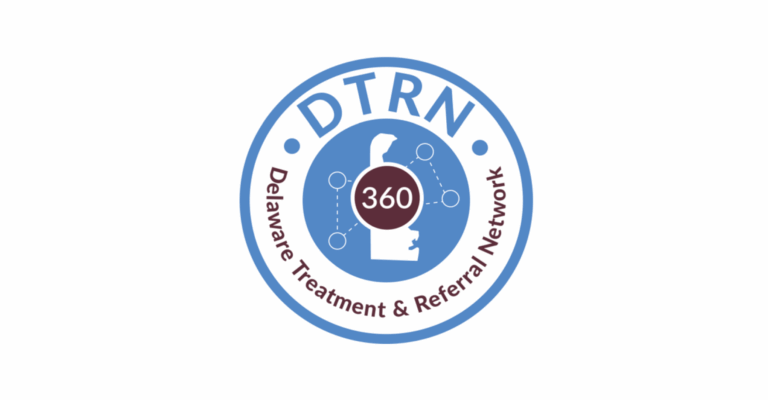Welcome back to our Four Questions Series! Houston Methodist Coordinated Care (HMCC) is an Accountable Care Organization located in Houston, Texas that is participating in the Track 3 Medicare Shared Savings Program. HMCC consists of a dedicated team of medical professionals working together to provide high-quality, coordinated care for their participating beneficiaries. Their care programs include coordinated care, transitional care as well as advanced illness care services, all of which work to improve patient outcome and experiences.
We sat down with Michelle Tran, HMCC’s Project Specialist, to learn more about how her team uses Pings to better manage their patients.
How does Pings help you accomplish your goals?
Prior to implementing PatientPing (Pings) in the summer of 2017, we managed around 17,000 patients, many of whom would be discharged to post-acute facilities. It was difficult to manage the care for these patients, as we often would not find out about a patient’s SNF or rehab admission until a week later–and sometimes not until after they had been discharged.
With PatientPing (Pings), we now know the “where and when” of our patients as soon as their events take place. This gives us the ability to collaborate with the patient’s care team on discharge plans, and ensure appropriate next steps.
What insights do you have now that you lacked prior to implementing Pings?
Before we got started with PatientPing (Pings), we were aware of maybe 15 patients, on average, who had been admitted to SNFs. Since implementing PatientPing (Pings), we are now aware of double that amount. Unlike an EMR where you have to dig to find out which hospital or doctor a patient goes to, PatientPing (Pings) provides us with a high-level overview of our patients, making it much easier to manage patient care. We can also use PatientPing (Pings) to view the patient’s visit history, so that we have a better view of their care path.
PatientPing (Pings) has also allowed us to build stronger relationships with our post-acute network. Before implementing PatientPing (Pings), we had little insights into patient’s admission instructions, making it difficult to properly communicate with SNFs and the post-acute community. Last year we had 19 SNFs in our network, and we now have 30. We find PatientPing (Pings) to be so valuable that we now make using it a requirement for our post-acutes.
What do you like most about Pings?
I am a big fan of how user-friendly the PatientPing (Pings) platform is, as well as the text and email notifications.
A big part of my job is working with patients who are admitted to post-acute facilities. PatientPing’s (Pings) Saved Filters let me create a filter that I can use each time I log in, rather than having to sift through the data every day to find what I need.
Additionally, the ongoing support we’ve received from the PatientPing (Bamboo Health) team has been invaluable. They’ve provided our organization with such knowledgeable insights and trainings, and are always there when we need them to answer any questions.
Can you give us a specific example of a time that Pings helped you help a patient?
This happens frequently, but as soon as we receive a notification of a patient that’s admitted to the ED, we either go see that patient right away, or follow up with their PCP to determine the next appropriate steps. There was one instance where PatientPing (Pings) notified us about a patient’s admission to an out-of-state SNF. With that, we were able to contact the patient and provide them with the appropriate resources to help them find a new PCP located within their new community.
Thanks so much, Michelle! For more information about how Bamboo Health can enhance your care coordination efforts, contact us.



